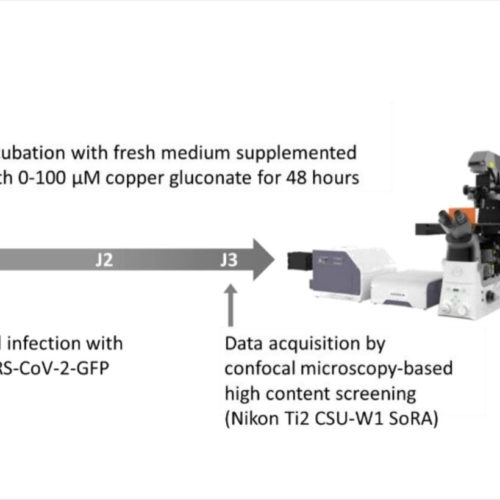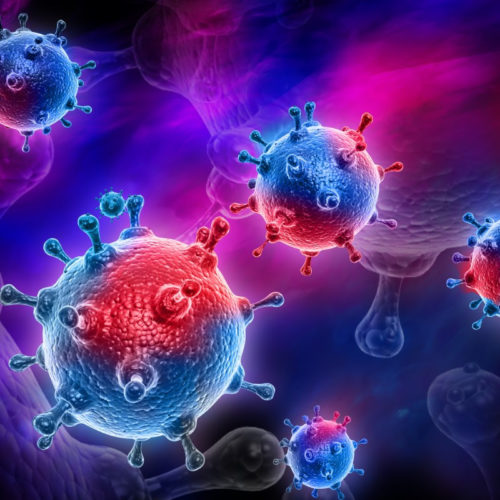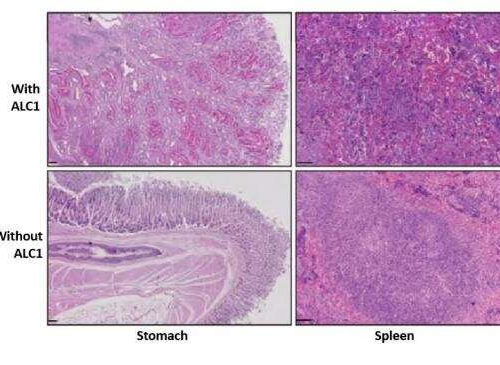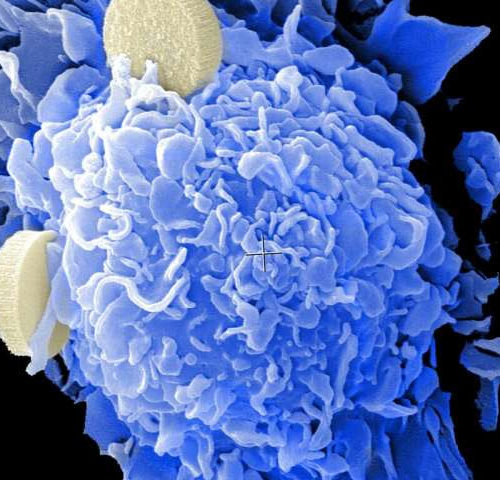UNIVERSITY OF TEXAS HEALTH SCIENCE CENTER AT HOUSTON Unraveling the links among obesity, aging, telomere lengths and metabolic diseases is the subject of the study published today in Nature Metabolism by a collaborative research team at The University of Texas Health Science Center at Houston (UTHealth). Telomeres act as protective caps at the end of chromosomes to...
Robotic exoskeleton training improves walking in adolescents with acquired brain injury
KESSLER FOUNDATION IMAGE: DR. KARUNAKARAN IS AN ASSOCIATE RESEARCH SCIENTIST IN THE CENTER FOR MOBILITY AND REHABILITATION ENGINEERING RESEARCH AT KESSLER FOUNDATION AND IN THE CENTER FOR WEARABLE ROBOTS AT NEW JERSEY INSTITUTE OF TECHNOLOGY, AND RESEARCH ASSOCIATE PROFESSOR IN THE DEPARTMENT OF PHYSICAL MEDICINE AND REHABILLITATION AT RUTGERS NEW JERSEY MEDICAL SCHOOL. CREDIT: KESSLER...
Copper gluconate supplementation could reduce SARS-CoV-2 infection in vitro
By Dr. Liji Thomas, MD,Dec 16 2020 The second wave of the coronavirus disease 2019 (COVID-19) pandemic has affected many countries, costing thousands of lives and dealing further heavy blows to already reeling economies. Scientists have been working hard to bring out new drugs and repurpose older ones to stop the virus in its tracks...
Synthetic molecules mimic human cells to lure and kill the flu virus
By Michael Irving December 15, 2020 Researchers have developed a new method of attack to fight the flurbhavana/DepositphotosVIEW 1 IMAGES The influenza virus as proven to be a very tricky foe to fight. Now, researchers at EPFL in Switzerland have developed synthetic molecules that can kill the flu virus by mimicking human cells, and putting...
Compound derived from thunder god vine could help pancreatic cancer patients
THE TRANSLATIONAL GENOMICS RESEARCH INSTITUTE PHOENIX, Ariz. — Dec. 14, 2020 — The results of a pre-clinical study led by researchers at the Translational Genomics Research Institute (TGen), an affiliate of City of Hope, suggest how a compound derived from the thunder god vine — an herb used in China for centuries to treat joint pain, swelling and fever — is...
Autophagy is a Balance, More is Usually Good, While Too Much More is Harmful
One of the more intriguing findings to emerge from study of the relationship between stress response mechanisms in cellular metabolism and the pace of degenerative aging is that evolution has not optimized for life span. Many aspects of metabolism can be adjusted in small ways – in mice, worms, flies, and so forth – in order to...
Blocking DNA repair enzyme could help treat certain cancers
by The Francis Crick Institute Images showing tumours developing in the stomach and spleen of mice in the presence of ALC1 but not in the mice without ALC1. Credit: The Francis Crick Institute Researchers at the Francis Crick Institute have found a new way to prevent some tumors from repairing their own DNA, a function that...
Stanford researchers develop new tool for watching and controlling neural activity
A new molecular probe from Stanford University could help reveal how our brains think and remember. This tool, called Fast Light and Calcium-Regulated Expression or FLiCRE (pronounced “flicker”), can be sent inside any cell to perform a variety of research tasks, including tagging, recording and controlling cellular functions. “This work gets at a central goal...
Cancer researchers identify potential new class of drugs to treat blood and bone marrow cancers
by Cleveland Clinic Credit: Pixabay/CC0 Public Domain A new study by researchers in Cleveland Clinic’s Taussig Cancer Institute and Lerner Research Institute describes a novel class of targeted cancer drugs that may prove effective in treating certain common types of leukemia. The results first appeared online in Blood Cancer Discovery. Myeloid leukemias are cancers derived from stem and progenitor cells in the bone...
Cancer: Tumor driver promoting EMT, metastasis and resistance to therapy
by Université libre de Bruxelles Credit: Unsplash/CC0 Public Domain Cancer metastasis, which is the dissemination of tumor cells into distant organs, is the leading cause of mortality in cancer patients. To undergo metastasis, cells must leave the primary tumor, circulate into the blood, colonize distant organs, and form distant metastasis. It has been proposed that epithelial...







